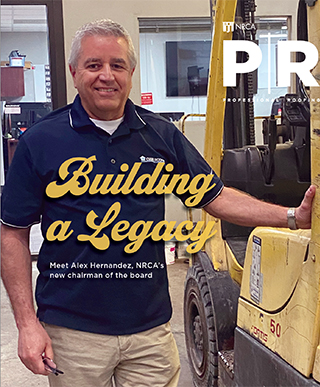All you have to do is consider the demographics to understand what the future of the U.S. roofing industry will look like. According to the Bureau of Labor Statistics (BLS), nearly half of our existing workforce is Latino. The average construction worker in the U.S. is now more than 40 years old. And 74 percent of new entrants into the workforce in all industries, not just roofing, through 2020 are going to be Latino, according to BLS.
Ricardo González is the founder and CEO of Bilingual America, an Atlanta-based company that provides cultural and leadership training to non-Latino business owners as well as Latino workers. Citing demographic statistics, González is fond of telling non-Latino roofing contractors they have two choices: either embrace the idea of a Latino workforce or be prepared to compete with a lot of other companies for the remaining 26 percent of new workers. He is, of course, right.
So what are non-Latino roofing contractors to do? González encourages them to better understand their workforces by, for example, learning Spanish, getting to know their workers' culture and showing opportunities for advancement. He also contends little things matter: Turkeys on Thanksgiving don't mean much, but a calling card on Mother's Day probably means a lot.
However, González dreams bigger dreams. His mission is to help transform the roofing industry by better enabling its workers and showing them all their possibilities.
One step in the process is an event Feb. 28 in the Dallas-Fort Worth area co-sponsored by Bilingual America and NRCA called Latino Roofing Success Day. The target audience is Latino roofing foremen and superintendents, Latinos who hold supervisory positions with manufacturers and distributors, and all other interested Latinos who see a future in the roofing industry. The event will be conducted in Spanish; topics will include leadership and cultural development, as well as a demonstration of Latino success stories in the roofing industry.
We hope the event will be the beginning of a larger movement intended to not only attract new workers into the industry but also to demonstrate what those in the industry already know: There are great opportunities for those who are willing to make a commitment to it.
For more information about the event, go to www.nrca.net. To learn more about the programs Bilingual America offers, go to www.bilingualamerica.com. And let the transformation begin.
Bill Good is NRCA's executive vice president.



